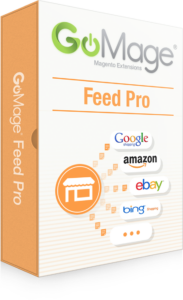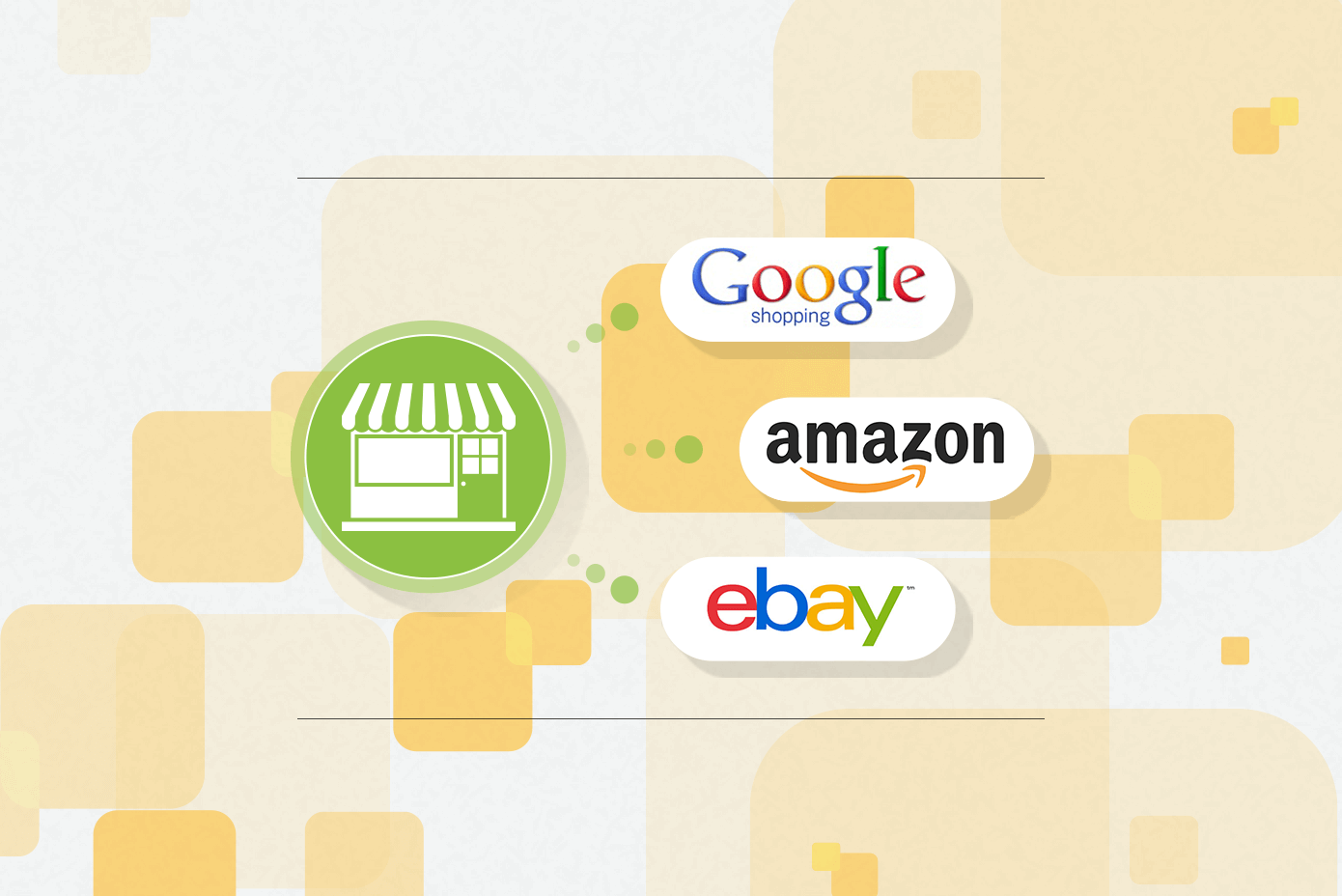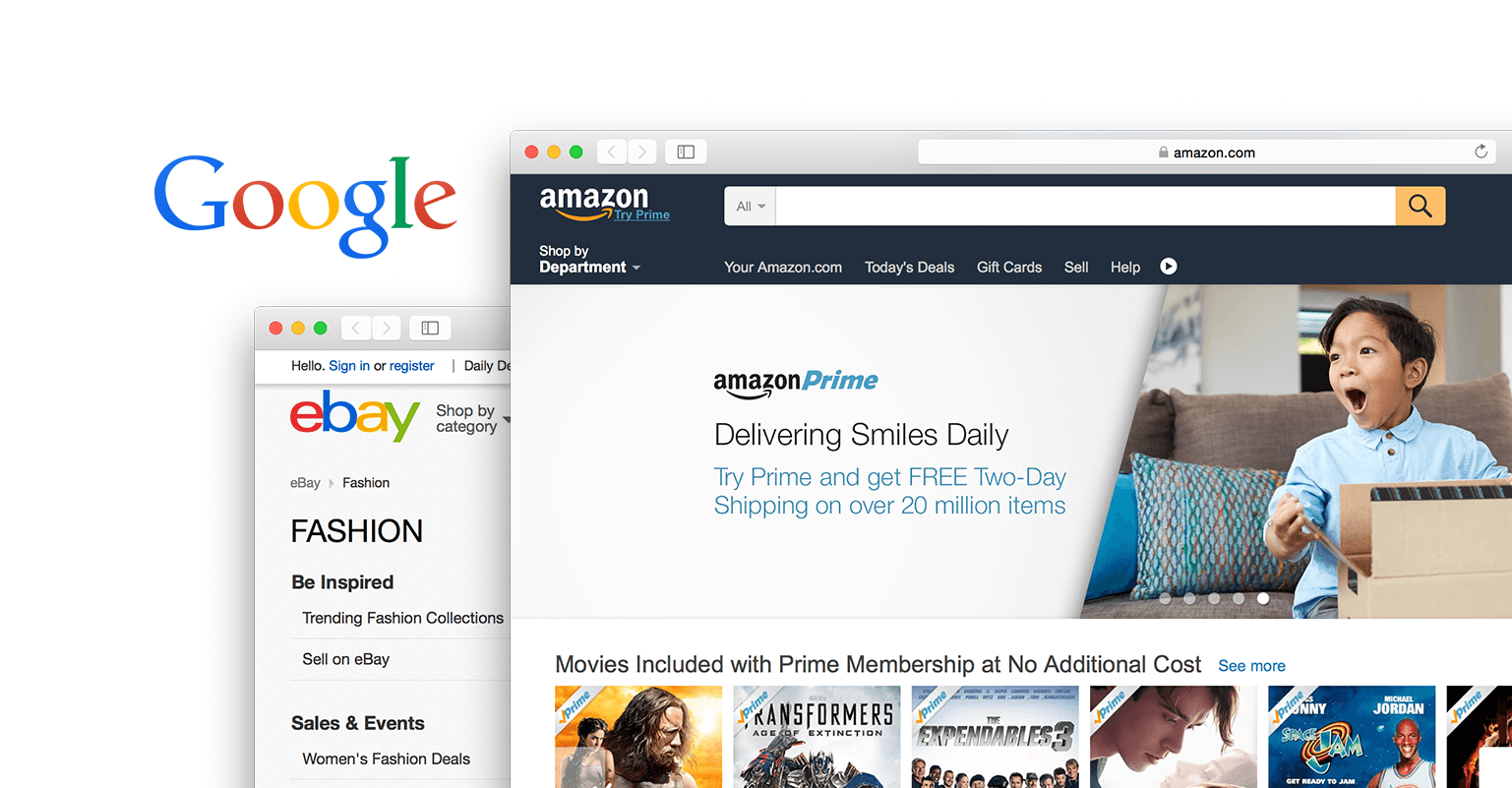For the owners of online stores, it is very important to use all available opportunities to attract new customers. Magento ® platform offers many competitive advantages to create a comfortable space to make a purchase online.
But nowadays it is not enough.
One of the most popular channels for the promotion of an online store is shopping engines, which allow displaying information about products on a special online platform, thereby driving traffic to the site and expanding the target audience of the online store.
With more than five years of experience in the E-commerce market and providing our clients with the special solution to deal with shopping engines – GoMage FeedPro: Feed Manager for Magento ®, we have noticed that, despite the fact that shopping engines are not a new channel, they bring up some questions.
HOT TIP: Stand out from the crowd on these shopping engines by drastically cutting prices of products that you are willing to break even or even lose money on. By doing so, you will find your targeted audience gravitating to your site. Yes, you won’t make money from the product or products that you are discounting. The hope is, as they make the purchase of this item they will also be exposed to other items wherein they could make purchasing decisions. Simply put, you are giving a little (or even a lot) to receive a loyal long-lasting customer who will become a frequent flyer of your online eCommerce store.
First of all, we’d like to draw your attention to the main feature – all shopping engines are for the buyers.
3 Top Comparison Shopping Engines You Should Know About
The main functionality of shopping engines is giving the correct information according to the client’s request and displaying it on one page where all the suppliers of the product with prices are presented. Shoppers are able to compare all the offers and choose the best. So, the main task for a merchant is not only to provide the information through shopping engines but to create competitive proposals.
The concept of competitiveness is not always associated with the best price. Competitive products can be more expensive, but are available in stock and can be delivered quickly. To understand exactly how shopping engines work let’s review some examples.
Google Product Listing Ads
Google shopping engine is a popular instrument for promotion. Its work is based on Google search and CPC (pay-per-click) in Adwords. The products are displayed according to keywords which shoppers use in the searching process. Some specific advantages are listed below:
1. Price/quality ratio at Google Product Listing Ads is probably the most optimal;
2. You can use 2 Google platforms:
- Google Merchant Center for uploading your products and preparing to display them in the Google Shopping campaign;
- Adwords for managing your campaign, where you can set the budget per day and other settings;
3. You can add some short text for promoting products;
4. Using Google Product Listing Ads with Adwords and Analytics allows receiving a synergistic effect with maximum results in Google shopping. Of course, you should be well acquainted with the functionality of these tools to be able to plan effective campaigns and analyze results.
Amazon Product Ads
There are two main programs available on Amazon: Amazon Marketplace and Amazon Product Ads. For a better understanding of the differences, we will review both of them.
In Amazon Marketplace, the products are sold directly on Amazon. A buyer types their request in a search box, searches for the necessary item and adds the chosen product directly to Amazon shopping cart. In this case, buyers do not visit the site of the merchant directly, which can be considered as a disadvantage.
Amazon Product Ads is a program that allows merchants the ability to advertise their products on Amazon and attract buyers to their stores. The information is presented in Ads from external websites. This principle of work is the same as in the shopping engines with the payment method such as CPC (cost-per-click).
Shopping.com
EBay commerce network is also the example of a comparison shopping engine. Through the Merchant Program, merchants get new clients and sell more by promoting necessary products through the Ad placements on Shopping.com.
Potential clients are able to interact with the proposition at different stages of the choosing process. When they finish and decide what to buy, they are delivered directly to the merchant’s online store for the checkout process. Merchant Program by eBay allows using some free tools:
- The free instrument for analysis of conversion rates.
- Free Survey Tool which allows asking a question and getting clients’ opinions or feedback.
As you can see, shopping engines provide approximately the same service but each of them has their own specific features. To be successful and get good results you need to be familiar with their peculiarities and know exactly how each of them works.
For instance, Amazon and eBay are online sites for shopping. But Amazon is a big online store with a large network of warehouses and logistics services. eBay is an auction house which organizes the sale of products between third-party shoppers and merchants. Shoppers search for goods from a wide array of individual online stores and then bid on products through individual auctions. They should do this for an appointed period and then pay the highest price to win the product at the end of this period.
Some products are presented in “buy it now” option, which allows buying them immediately. Amazon works with fixed prices on all products. Many merchants can place the same variety of goods, and potential customers don’t need to bid and take part in the auction.
For generating income, eBay is interested in merchants that place products on their website. Because of this business model, it is a seller-oriented company. eBay aggressively involves merchants in taking part in their auction marketplace. Differently, from eBay, Amazon is a more shopper-oriented company and it emphasizes its activity in attracting shoppers to their online store.
To sell through eBay the merchants pay an insertion fee for displaying products on the website, and they pay 10% of products’ sales price back to the company, up to max 250 dollars per product. In Amazon, merchants do not pay for displaying products, but Amazon sets a flat fee of 0.99 dollars per each sold product. Also, Amazon takes a percentage of the total sales price of products, which varies from 6% to 25%.
Data feed file

What you definitely should know is that most shopping engines operate in the same way: the file in CSV (Comma-Separated Value) format or Microsoft Excel or XML format should be uploaded directly to the site feed. After this, all your products will be placed on the engine.
You need to place basic data about the products in the file: product title or name, image URL, price and description. Please note that different shopping engines have their own requirements for the format of the feed file. To solve this problem we recommend GoMage FeedPro which is our Feed Manager for Magento ® online stores.
6 More Shopping Engines to Consider Using
Along with the above shopping engines reviewed, here are 7 more possibilities to consider using to get your products in front of your target audience.
- NexTag: Allows for listings of event tickets, merchandise, real estate and travel bookings.
- PriceGrabber: Listing products here produces the positive outcome of an additional listing with Yahoo Shopping.
- Shopzilla: Offers a large but competitive audience for you to target.
- Become: Checkout the product reviews that are available on this and every platform.
- Pronto: Reach millions of monthly visitors within a variety of retail verticals.
- BizRate: Set price alerts to contact you when the product you are looking for enters into your price range.
The bottom line here is that as you increase the ability for your target audience to find your eCommerce store you strengthen the possibility of them actually being able to do so.
Concluding Thoughts About Comparison Shopping Engines
To run a successful eCommerce store you need to get in front of as many buyers as possible. This is why you should embrace these types of solutions. As you increase your awareness within the marketplace your target audience will respond by increased positive engagement leading to desired ROI increases that your online business requires.





